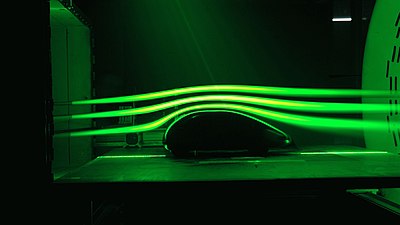Overview of change models
| Change with digital technologies in education (#OERuCDTE) | |
|---|---|
| Arena of change | Introduction and objectives | Video Signpost | E-Activity - Mindmap | Overview of change models | Theory of innovation diffusion | E-Activity - Essay plan |
| “ | If you do not change direction, you may end up where you are heading. | ” |
| —Lao Tzu[1] | ||
A model is a simplification or approximation of reality. As such, models do not represent the full complexity of reality.
However, by using models we can overcome the complexity associated with human interactions and change with digital technology while retaining a sense of reality. Models help us to understand complex situations and they increase the probability of success for implementing decisions and planning for change with digital technology.
There are a number of theories or models which attempt to explain and analyse change with digital technology. They are models because they simplify reality by focusing on selected elements of the arena of change rather than the ecology in its entirety. In this course we will study models of change focusing on different elements of the ecosystem, for example, the innovation itself, or different contexts including the personal, organisational and global levels.
We commence our learning journey with a brief overview of models of change. Read the following resource with particular emphasis on identifying different models of change:
|
